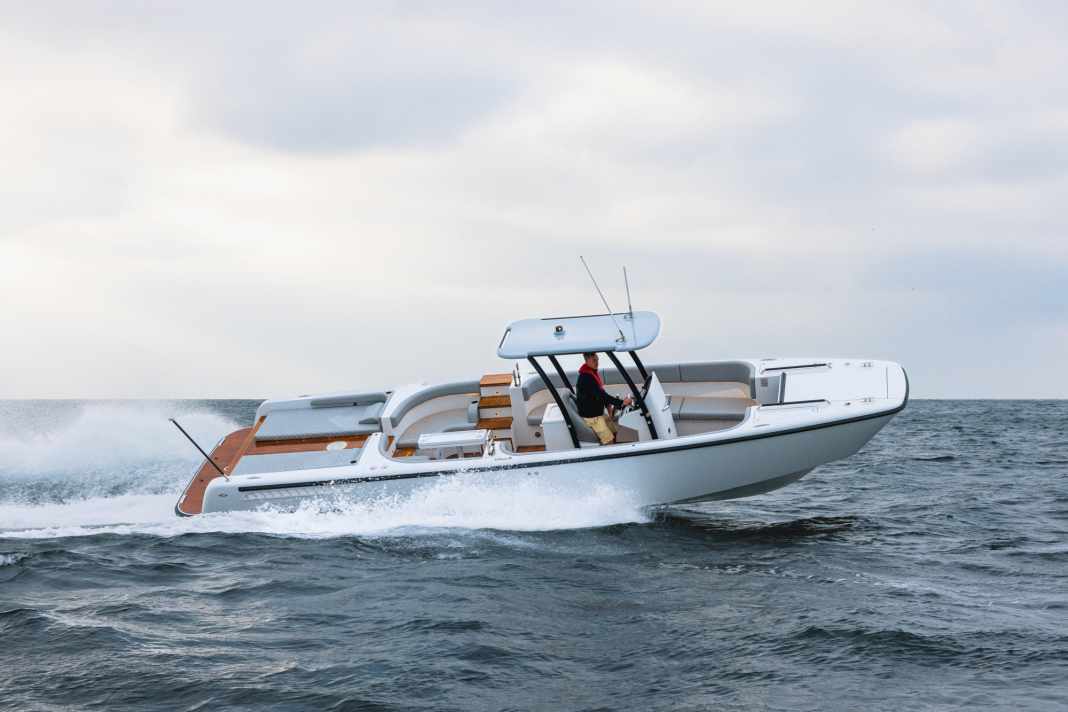




The owner of "Renaissance" took a new approach: He ordered four dinghies from Cockwells, which appear as a visual unit but are only vaguely reminiscent of the 112 metre long base. The London-based designers from Bannenberg & Rowell gave the seven-decker its shape and did not skimp on the edges, which are particularly evident on the 13 metre long and 3.60 metre wide saloon. It can accommodate a total of twelve people, who are likely to clamour for two reclining chairs at the very stern when the sea is calm.
The interior surprises with headroom and a layout like in a private jet: an arrangement of a long sofa on the starboard side and three club armchairs welcomes you; a vis-à-vis seating area with a small table adjoins at the front. With a gyro stabiliser and two 272-kilowatt Yanmar diesels, the nine (!) tonne flagship of the tender fleet is parked in the belly of the 112-metre building from the Freire halls in northern Spain. The boat builders from Falmouth in Cornwall equipped the open version of the same length in a similar way, but thanks to the lifting roof, it hangs slightly lower on the crane at 2.40 metres.
Wakeboarding or water skiing with the "Renaissance" tender
Both run at a maximum of 32 knots, which is only topped by the small seven-metre tender, which can accommodate up to ten guests, and the ten-metre Beach Lander. The latter is also used by "Renaissance" charter guests for wakeboarding or water skiing with a pole installed and at a maximum speed of 38 knots. For beach excursions, the landing stage folds out electrically in two sections from the bow.
